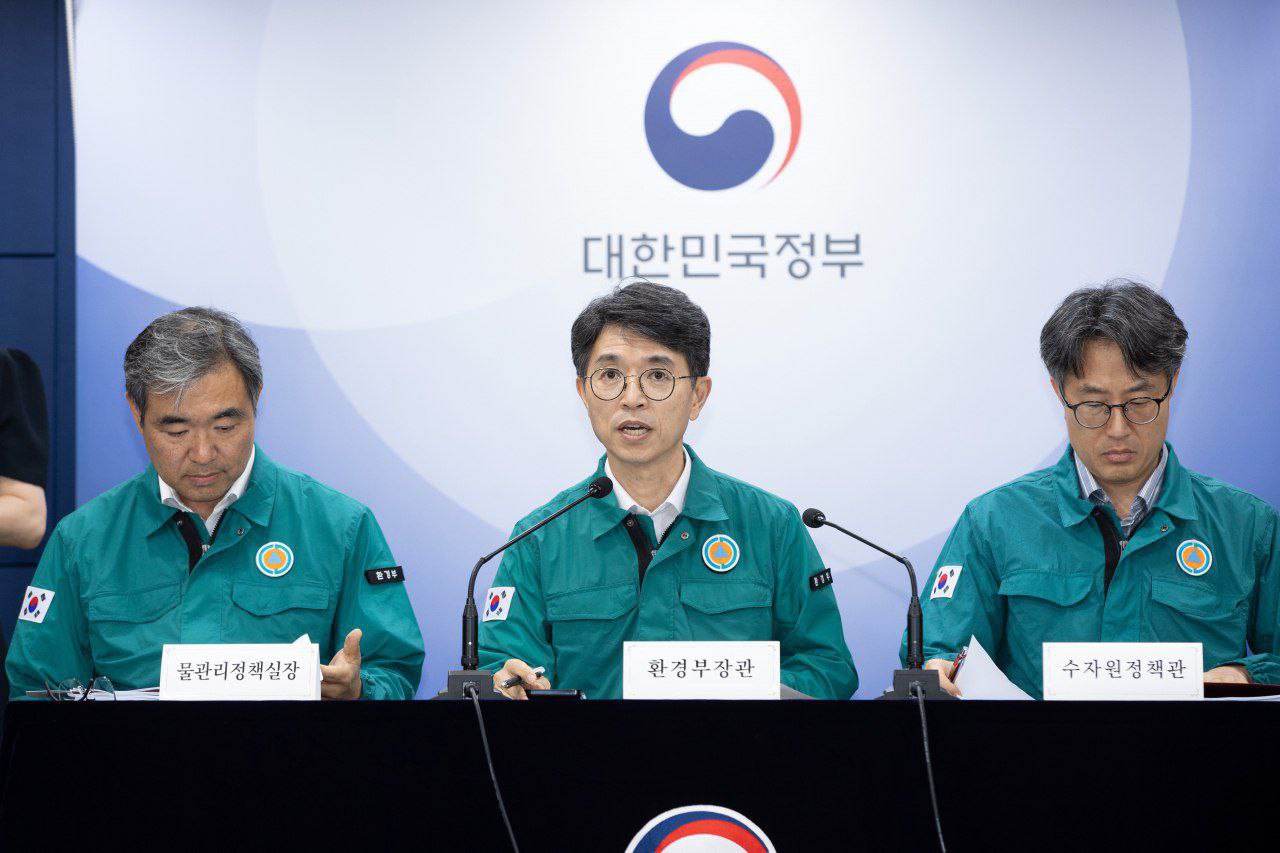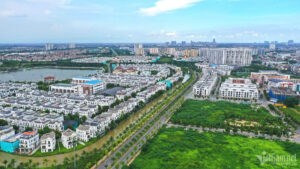The Ministry of Environment announced Tuesday that it has chosen 14 different sites to build new dams to guarantee South Korea’s safety and readiness for heavy rain, floods and droughts.
“Since May 2023, the Ministry of Environment has been trying to promote the construction of dams that can combat extreme weather conditions,” said Environment Minister Kim Wan-sup during a press briefing Tuesday. Kim, an ex-vice finance minister, recently became the new environment minister on July 26.
“Currently, the dams equipped in Korea are insufficient in terms of their water capacity to handle floods, torrential rain and extreme droughts, and to meet the new and increasing water supply demands,” said Kim.
According to the Environment Ministry, a new multipurpose dam — which stores and supplies water with other uses such as flood control and power generation — has not been constructed since 2010 in Yeongcheon, North Gyeongsang Province.
Kim added that the existing dams cannot provide a new water supply when demand is high during droughts. In the case of Soyang Dam and Chungju Dam, which provide clean water for the Greater Seoul area, Kim explained that 94 percent of the water supply is already being used, making it “difficult to provide a clean water supply in the event of an extreme drought.”
The 14 sites proposed by the Environment Ministry on Tuesday included three multipurpose dams, seven flood control dams and four water supply dams. The dams are scheduled to built in Gyeonggi Province, Gangwon Province, North Chungcheong Province, South Chungcheong Province, North Gyeongsang Province, South Gyeongsang Province, South Jeolla Province and Ulsan.
The ministry refers to the three different dams as “climate-responsive dams,” as they can help protect from extreme weather conditions caused by climate change, such as heavy torrential rain,
floods and droughts.
Kim said during Tuesday’s briefing that the newly built dams will be able to hold 80 to 220 millimeters of rainwater, while also supplying up to 250 million metric tons of water that will be able to be used by a maximum number of 2.2 million people. There will also be a significant increase in the Environment Ministry’s budget to build new areas around the dam by installing more roads and sewage and supply systems, as well as entertainment and tourism facilities such as waterfront parks and campsites.
Source: Korea Herald




